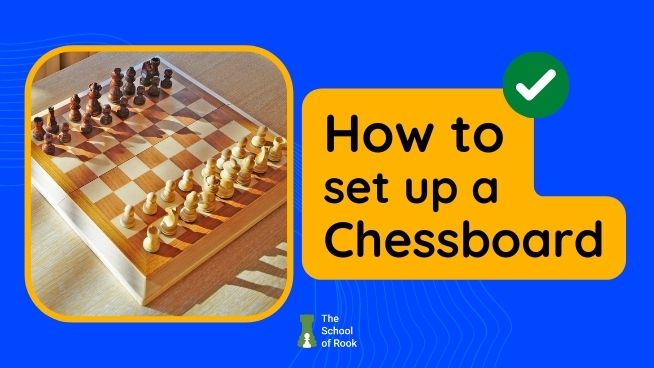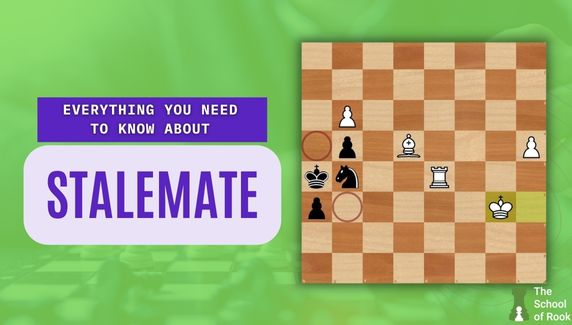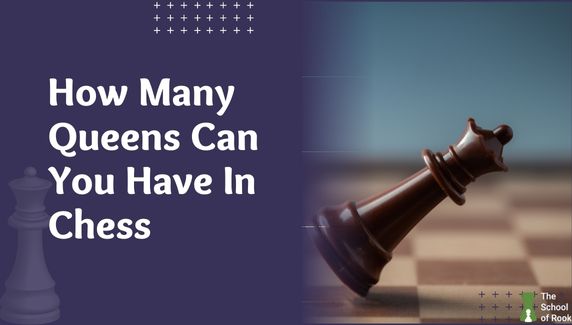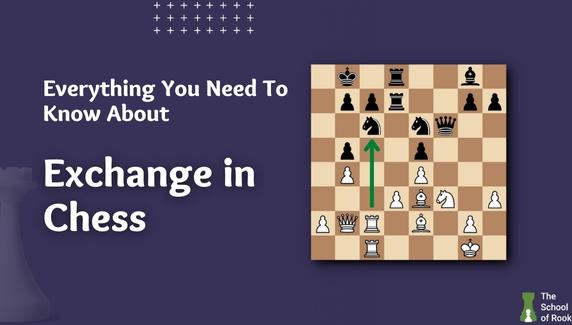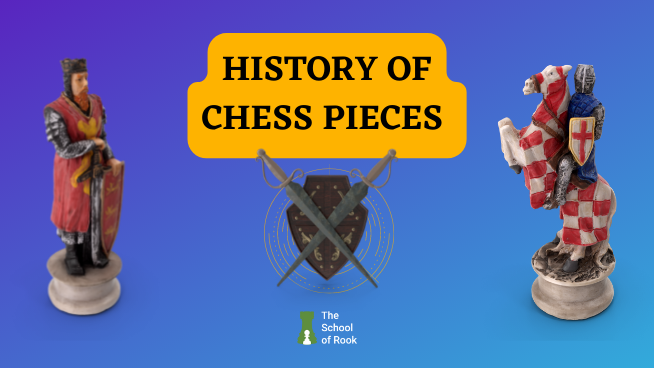
Knowing the history of chess pieces will help you better understand the game of chess. By learning how each chess piece came into being, you can use them to their full potential on the chessboard.
Many people skip this part and jump on to studying the chess game as they find it not worth their time. But we firmly believe that you can’t build a strong building on a weak foundation.
If you’ve decided to stick around, then let’s get started! Keep reading to find out:
Origin of Chess Pieces and What They Represent
Chess was invented 2400 years back, i.e., in the 7th century in India. It was known as “Chaturanga,” which literally means “four limbs.”
The four limbs or divisions of the military were infantry, cavalry, elephantry, and chariotry. The modern names for each division are a pawn, knight, bishop, and rook, respectively.
The game depicted a war where two armies fought to win. Each chess piece in this army represented military ranks as follows:
Pawn
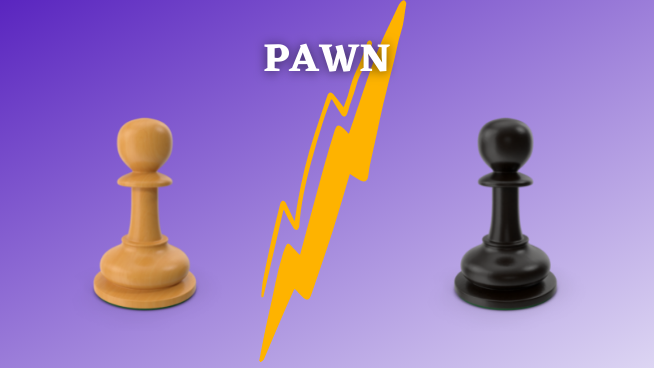
The pawn, or the infantry, represents laborers who were drafted forcefully as foot soldiers in wars. They were the largest in number and were the first to enter the battlefield. This is because they were positioned in front of the important officials.
Life was not kind to them as they were often sacrificed to save their commanding officers. They were often left defenseless and were used as a diversion.
Knight and Bishop
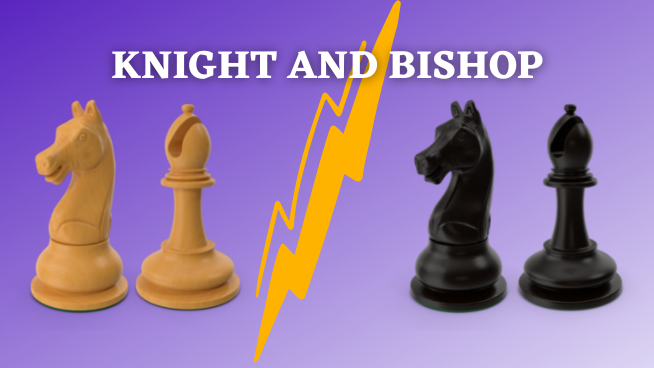
Next came the knights and bishops. Knights represent cavalry, and bishops represent elephantry. The cavalry are the soldiers who fought on horses, and elephantry are the soldiers who fought on elephants.
However, down the line, when the game spread across Persia and Europe, elephantry was replaced by camelry. As the name suggests, camelry, or camel cavalry, are the soldiers who rode camels to fight.
So that’s why you’ll often hear people refer to bishops as camels instead of elephants.
The knights and bishops are more powerful than pawns and have enough ammunition to attack their enemy. They are valued equally, and there are only two of each.
Knights and bishops are the first high-ranking pieces to mobilize in the game of war. Both have their unique style of walking and capturing their enemies. It’s often debated which is more important than the other.
Rook
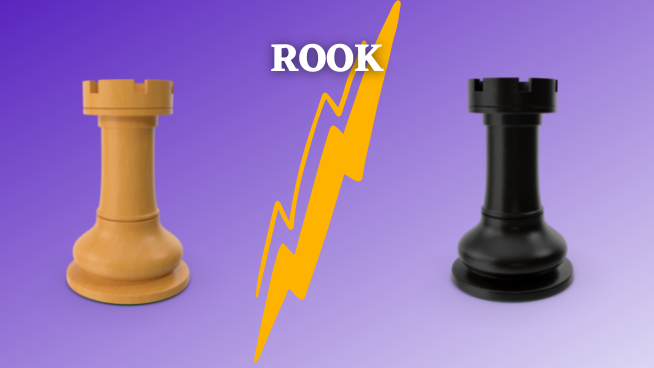
Rook, or chariotry, is a heavily armored piece that patrols the walls of their territory. Chariots were used in ancient warfare for their lightning speeds.
When the game spread to Europe, the chariot was replaced by a tower on an elephant. Then only the tower remained. Most European countries call rook a tower in their local languages.
There are two rooks on a chessboard, and they are rightfully situated at the four corners of the board.
Rooks are considered to be more powerful than knights and bishops. The reason is rooks have more control over the chessboard from a single square than the other two pieces.
Rooks are at their best towards the end of the game. This is because most pieces have already died in the battle, and only a few pieces remain on the board. Thus, giving rooks the space to move around freely.
Queen
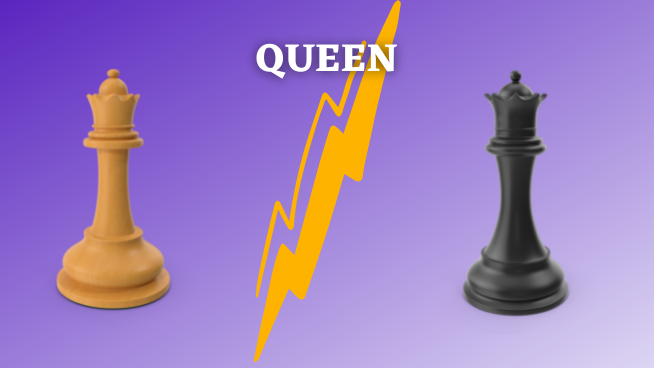
The second most valuable piece on a chessboard 一 the queen, represents either the king’s wife or minister. The queen was originally a wazir, i.e., a minister or advisor.
The queen was once considered a weak piece. It could move only one square diagonally.
This would remain for hundreds of years until Queen Isabella I of Castille led the Siege of Baza in 1489. Thus, the rules were changed, and the queen chess piece became the most powerful piece on the board.
There’s only one queen in each team. And it moves in all directions and has control over the most number of squares at any given point.
The queen is known for guiding and protecting the king from all sides. And that’s why it is positioned right beside the king.
King
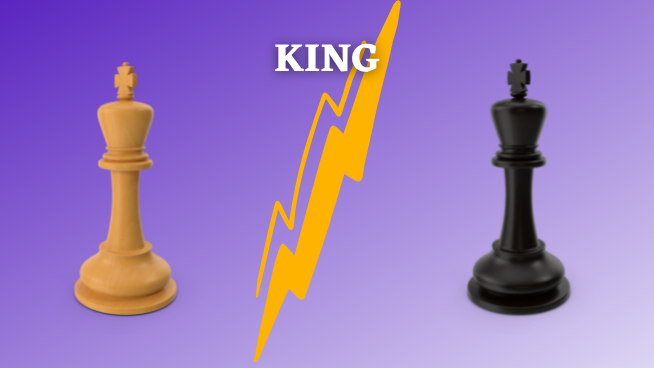
Lastly, let’s talk about the king 一 the tallest and the most critical piece on the board and in the war. If the king isn’t protected, he gets killed, and thus you lose the game.
The king is the laziest major piece on board and moves only one square at a time. However, his power lies in his brain rather than the muscles. The king takes advice from the queen and evaluates the pros and cons carefully. And then, directs others to where to move.
The king is positioned at the center of the last row, where the pawns and other major pieces guard it. This position gives the king a clear view of all that’s going around him and on the board.
Now that you know the history of chess pieces, let’s find out the ultimate goal of chess because without knowing that, you’d be playing games without any directions.
Goal of Chess
The main goal of chess is to defeat the opponent by “capturing” the king or forcing them to surrender.
Without the king, there is no point in the war as he is the one who gives commands and directs the army. If the king dies, the military will be directionless like a headless chicken and, thus, worthless. That’s why the king is called the most crucial piece on the chessboard.
You can kill the queen and other major pieces on board, but if your opponent “captures” your king, you lose the game. So the point is to use the other pieces and pawns to do two things:
- guard your king,
- and use them to kill the opponent’s king before it kills yours.
However, sometimes winning seems unachievable. Half of your army is dead, and they are not in a good position. So what do you do then? Do you accept defeat? No, you look for a way to equalize the game. The result is called a “draw” in chess, where neither of the players wins.
So you can also say that the goal of chess is never to lose. If you can’t win, look for a way to draw the game instead of conceding defeat.
Wrapping it up: History of Chess Pieces
That’s it! Now you know the history of chess pieces and the significance of each.
The main intention behind this chess lesson was for you to understand the strength and purpose of each piece. This way, you can use them at their full strength when you learn how to play chess.
If you want to know more, there are plenty of books on chess history. The Immortal Game: A History of Chess by David Shenk is widely regarded as one of the best books about chess history.


